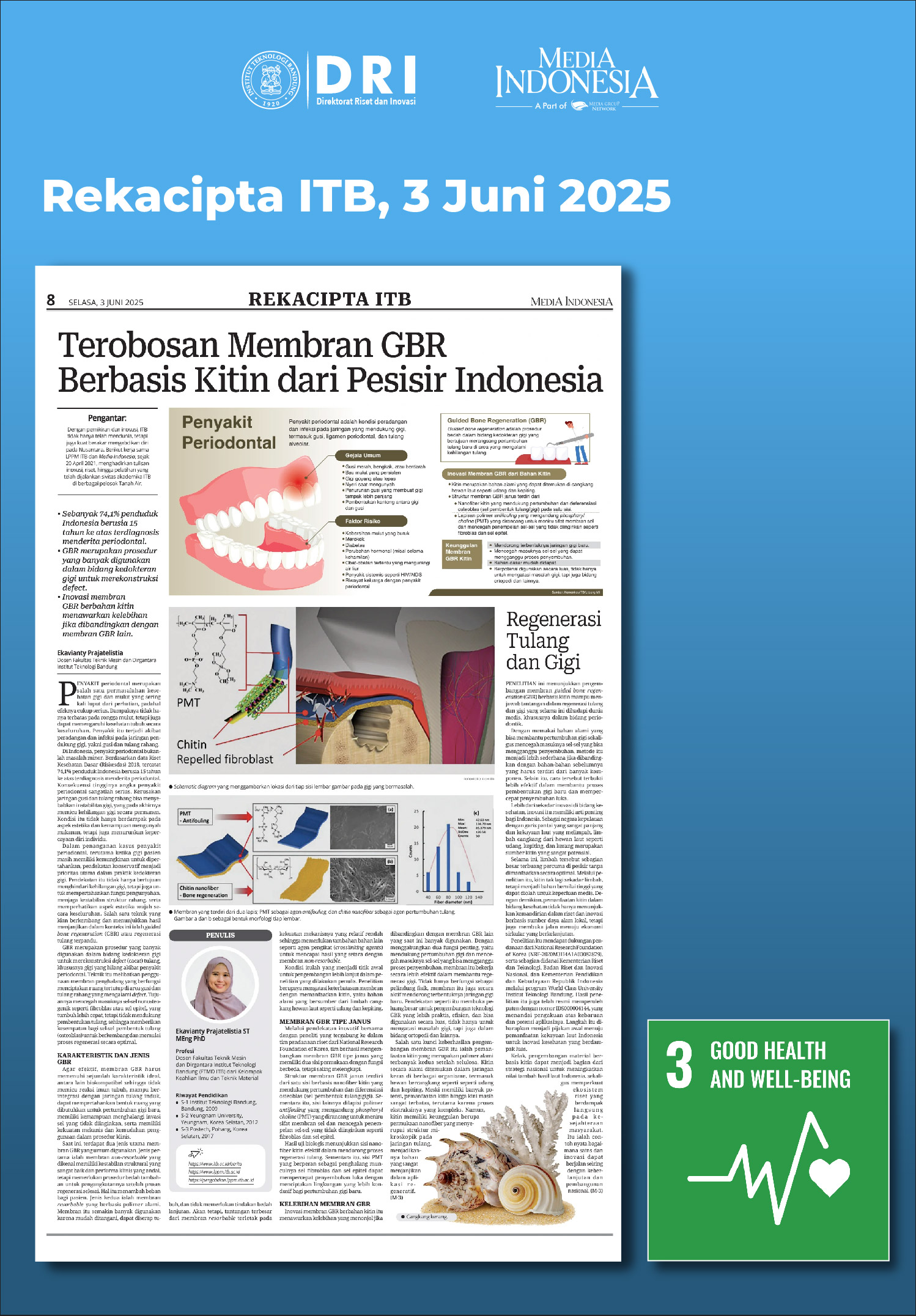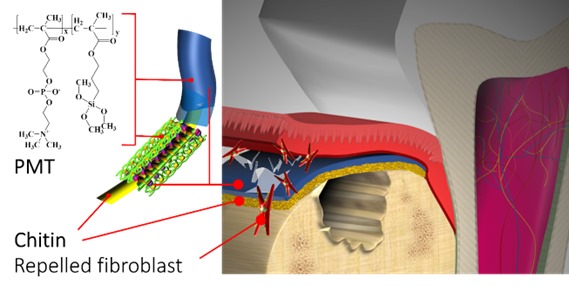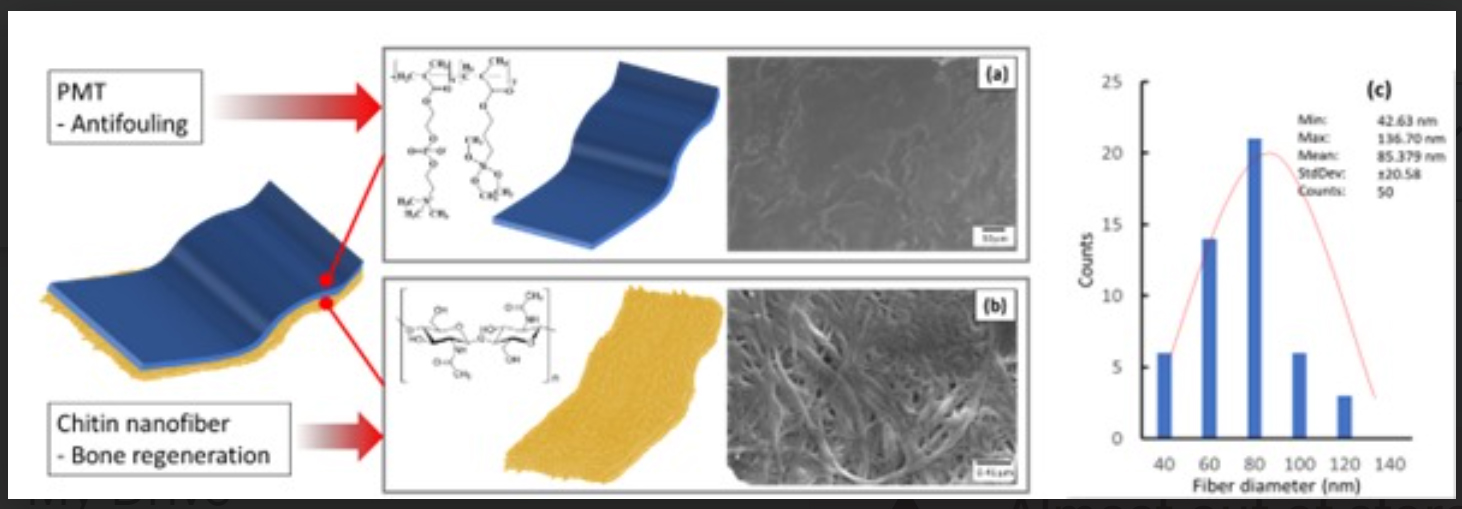

Periodontal disease is one of the most prevalent oral and dental health problems, yet it often goes unnoticed. Its impacts extend beyond the oral cavity and can affect overall bodily health. This condition is caused by inflammation and infection of the supporting tissues of the teeth, namely the gums and jawbone. In Indonesia, periodontal disease is far from a minor issue. According to the 2018 Basic Health Research (RISKESDAS) report, 74.1% of Indonesians aged 15 years and older were diagnosed with periodontal disease. The consequences of this high prevalence are serious. Damage to the gum and jawbone can lead to tooth instability, ultimately resulting in permanent tooth loss. This condition not only affects aesthetics and chewing ability but also significantly lowers an individual's self-confidence.
In treating periodontal disease—especially when the patient’s teeth are still salvageable—conservative approaches are prioritized in dental practice. These approaches not only aim to prevent tooth loss but also maintain chewing function, preserve jaw structure, and support facial aesthetics. One promising technique in this context is Guided Bone Regeneration (GBR).
GBR is a widely used procedure in dental medicine to reconstruct bone defects, particularly in cases of tooth loss due to periodontal disease. The technique involves using a barrier membrane to create a closed space around the damaged gum and jawbone area. The goal is to prevent the intrusion of non-osteogenic cells such as fibroblasts or epithelial cells—which grow quickly but do not support bone formation—thereby giving osteoblasts (bone-forming cells) the opportunity to grow and initiate optimal regeneration.
To be effective, a GBR membrane must meet several ideal criteria: it must be biocompatible, integrate well with native bone tissue, maintain space for new tooth growth, prevent invasion of undesirable cells, and have sufficient mechanical strength while being easy to handle in clinical procedures.
Currently, two main types of GBR membranes are commonly used. The first type is non-resorbable membranes, known for their excellent structural stability and reliable clinical performance. However, they require additional surgical procedures for removal after the regeneration process, which increases patient burden. The second type is resorbable membranes, typically made from natural polymers. These are increasingly popular because they are easy to manage, biodegradable, and do not require additional surgery. However, their main limitation is relatively low mechanical strength, often necessitating the use of crosslinking agents to achieve performance comparable to non-resorbable membranes.
These limitations became the starting point for research conducted by Dr. Ekavianty Prajatelistia, a researcher at the Faculty of Mechanical and Aerospace Engineering (FTMD), Institut Teknologi Bandung, from the Materials Science and Engineering Research Group. Alongside a research team funded by the National Research Foundation of Korea, she developed a Janus-type GBR membrane utilizing chitin, a natural polymer derived from the discarded shells of marine animals like shrimp and crabs.
This Janus GBR membrane features two functional surfaces:
One side consists of chitin nanofibers, which promote osteoblast growth and differentiation (essential for bone/tooth formation).
The other side is coated with an antifouling polymer containing phosphorylcholine (PMT), designed to mimic cell membranes and prevent attachment of undesirable cells such as fibroblasts and epithelial cells.
Biological testing has shown that the chitin nanofiber side effectively supports bone regeneration, while the PMT-coated side acts as a barrier against fibroblast and epithelial cell invasion, thus creating a more favorable environment for new tooth formation and accelerating wound healing.
This chitin-based GBR membrane offers significant advantages over currently available GBR membranes. By combining two critical functions—supporting tooth regrowth and preventing interference from unwanted cells—this innovation enhances regeneration outcomes. The membrane not only serves as a physical barrier but actively promotes the development of new dental tissue. This dual-function design presents great potential for advancing practical, efficient, and widely applicable GBR technology, not only in dentistry but also in orthopedics and other fields.
One of the keys to this innovation is the use of chitin, the second most abundant natural polymer after cellulose. Chitin is naturally found in the exoskeletons of organisms like shrimp and crabs. Although rich in potential, its use has been limited due to complex extraction processes. Nevertheless, its nanofiber surface closely resembles the microscopic structure of bone tissue, making it highly promising for regenerative applications.
This research demonstrates that chitin-based GBR membranes can address the challenges of bone and dental regeneration long faced by the medical field, especially in periodontics. By utilizing a single natural material that supports growth while also preventing healing interference, the method is simpler than conventional materials that often require multiple components. Moreover, this approach has proven to be more effective in facilitating new tooth formation and speeding up recovery.
Beyond being a healthcare innovation, this advancement holds strategic importance for Indonesia. As an archipelagic nation with vast coastlines and rich marine biodiversity, shell waste from shrimp, crabs, and mollusks represents a highly valuable source of chitin. To date, much of this waste has been discarded along coastlines without being optimally utilized. Through this research, chitin is no longer mere waste but a high-value biomaterial for medical applications. This exemplifies Indonesia’s potential in resource-based innovation while laying the foundation for a sustainable circular economy.
This research received funding from the National Research Foundation of Korea (NRF-2020M3H4A1A03082879) and partial support from the Ministry of Research and Technology, the National Research and Innovation Agency, and the Ministry of Education and Culture of the Republic of Indonesia through the World Class University program at Institut Teknologi Bandung. It has also been granted an official patent (ID: IDS000004144), signifying recognition of its novelty and potential impact.
Moving forward, chitin-based materials may become part of a national strategy to increase the added value of marine resources, while also strengthening a research ecosystem with direct benefits to society. This is a real-world example of how science and innovation can align with sustainability and national development.
Author: Ekavianty Prajatelistia, ST., M.Eng., Ph.D.
Lecturer, Faculty of Mechanical and Aerospace Engineering
Institut Teknologi Bandung
Source:
Ekavianty, P., Sanandiya, N. D., Nurrochman, A., Marseli, F., Choy, S., & Hwang, D. S. (2021). Biomimetic Janus chitin nanofiber membrane for potential guided bone regeneration application. Carbohydrate Polymers, 251, 117032. https://doi.org/10.1016/j.carbpol.2020.117032



